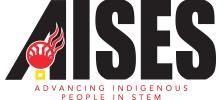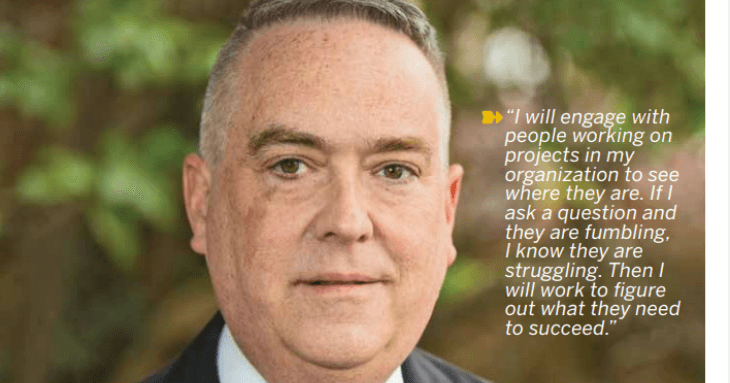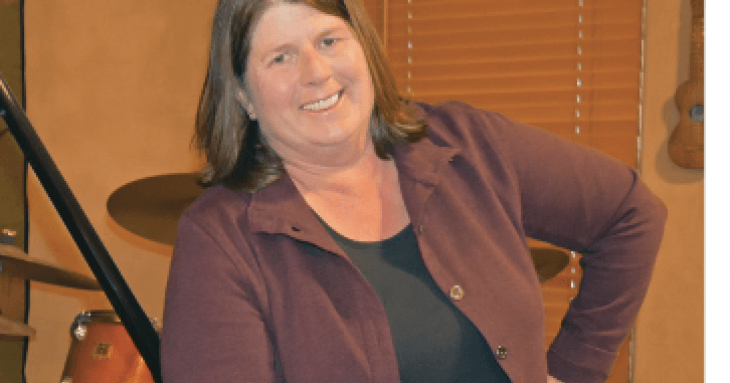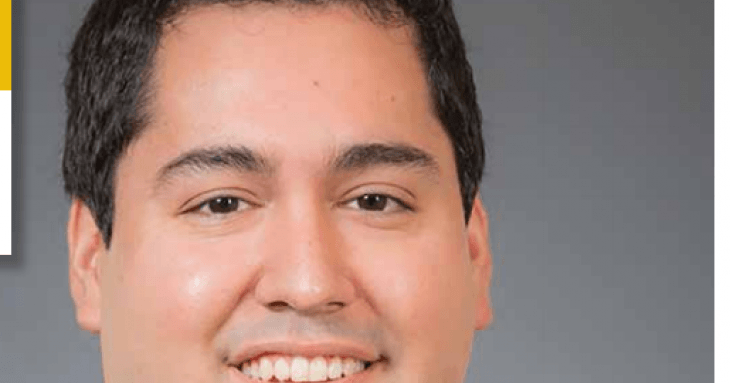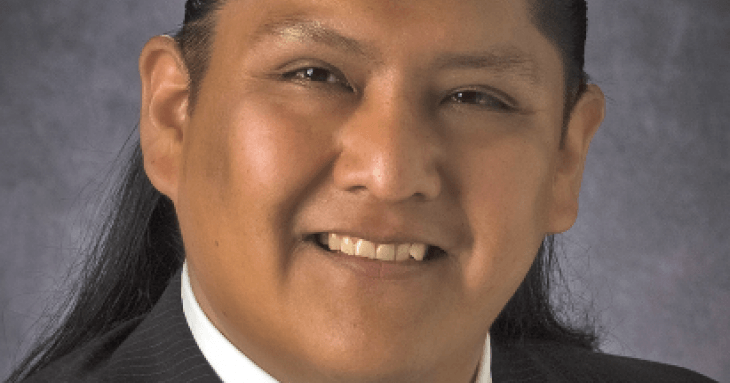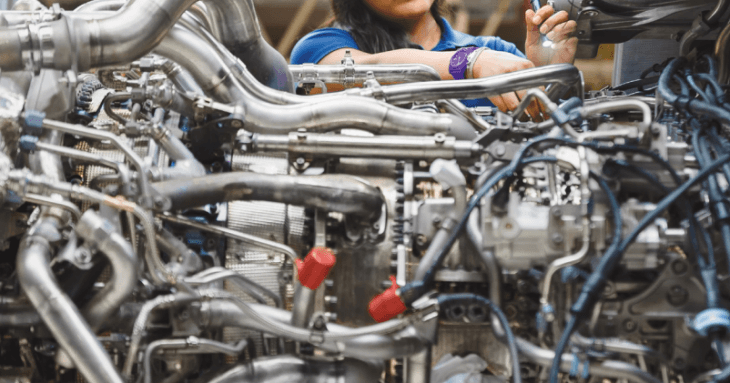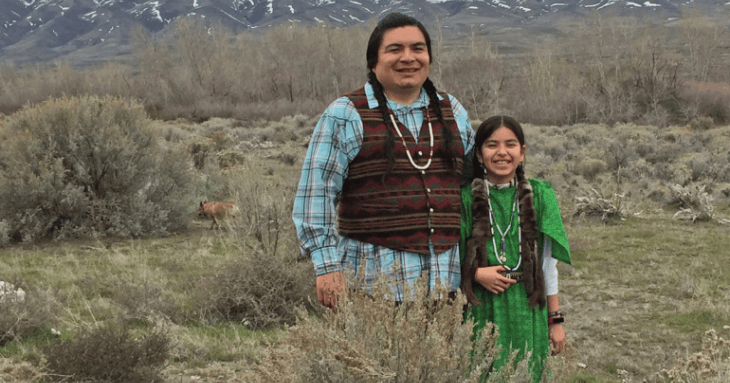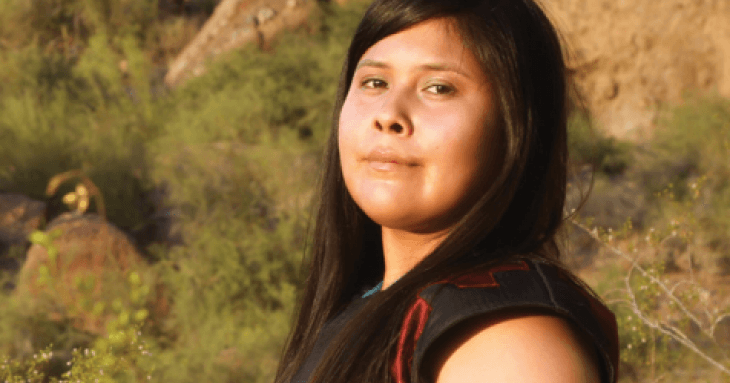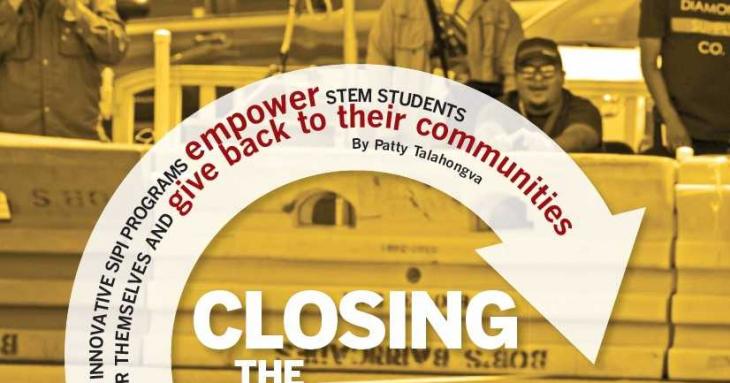-
Executive Excellence / Gary Burnette / Cheroenhaka (Nottoway) Indian Tribe
When Gary Burnette was finishing up his degree in computer science in 1983, he knew exactly what he wanted to do with it: work at IBM. “There was no better place to be,” recalls Burnette, who remembers poring over glossy IBM brochures that detailed innovations the company was driving. “I was hoping I could get into a company that was advancing technology beyond everyone else and be a part of something on the edge.”
-
Virginia Hernandez / Cherokee / AISES Professional Award: Technical Excellence
“Every day we work toward solving hard technical problems that matter.”
Not long ago, Ginger Hernandez and her husband, Emmanuel, went to a social gathering at a neighbor’s house. When a woman there asked Hernandez how her day was, Hernandez told her it was “fantastic!” Hernandez, Cherokee, says her answer was delivered with such enthusiasm that it prompted a little skepticism. “The woman said, ‘Really? It was fantastic?’ And I told her yes, it really was.”
-
Most Promising Engineer or Scientist / Thomas Reed / Hopi
Reed has continued to work hard to help Native students interested in STEM careers. His efforts have led Raytheon to engage with local Native student communities in Boston.
-
Blazing Flame / Brandon Polingyumptewa / Hopi
Each year Polingyumptewa spends hundreds of hours mentoring and guiding young people who are interested in STEM.
-
Cherise John / Navajo / Ge Aviation / Mechanical Engineer
Cherise John can recall the exact moment that inspired her to become an engineer. Growing up in Fruitland, N.M., she lived between two mine sites and two coal-fired power plants, whose pollution created acid rain. “One day, my childhood preconceptions of a perfect world were shattered when my father wouldn’t let me drink rainwater from a cup I had set out,” John explains. “My first thought was, ‘What can we do to stop this so I can drink my rainwater?’”
-
Johnny Buck / Wanapum And Yakama Nation / Northwest Indian College / Native Environmental Science
Growing up in rural Washington State, Johnny Buck spent most of his time outside, on the banks of the Columbia River. Over the years, he began to notice that the traditional foods and plants his family and their community relied on were beginning to die off and experience extreme shifts in their growing seasons. It was these changes that pushed Buck to pursue a dream he didn’t even realize he had: researching plant phenology — the study of periodic biological phenomena in relation to climate conditions — to contribute to solving challenges around biodiversity.
-
Jada Johnson / Ojibwe / Cloquet Senior High School
Jada Johnson grew up in Cloquet, Minn., which she calls “a smaller town, but bigger than most.” Even though she says there isn’t a lot to do around Cloquet, Johnson, Ojibwe, stays busy with extracurricular activities. As an added bonus, the organizations Johnson is a part of often allow her to travel beyond her home-town. “I’ve always been involved in things like science fairs and Upward Bound that take me places,” she says.
-
Kaleo Norman / Native Hawai’ian / American Piping & Boiler Company / Electrical Engineer
Kaleo Norman graduated with a degree in electrical engineering, full of excitement at the promise of a career in his field. Still, it took almost two years before he found a role in a professional workplace that allows him to follow his passion for engineering. But for him, it’s all been worth it, and he’s happy to share what he’s learned. “If you’re pursuing something that you enjoy but are going through a struggle,” he says, “don’t ever give up.”
-
Rebecca Price / Diné / Southwestern Indian Polytechnic Institute / Pre-Engineering and Autocad
When Rebecca Price first enrolled at Southwestern Indian Polytechnic Institute (SIPI), she went in with a tentative plan to get her associate’s degree in business administration. But by the time she left her student orientation, she had changed her mind. Inspired by what she heard about the science department, including NASA-funded projects and student internships, Price chose to go in a completely different direction. She decided then and there to pursue a dual major in pre-engineering and AutoCAD, which meant getting her computer-aided drafting and design certificate.
-
Closing the Circle
Celebration was in the air at Southwestern Indian Polytechnic Institute (SIPI) this past April. A team of students from the Albuquerque, N.M., school had topped 20 other college teams to win the NASA Swarmathon. In this lively robotics competition, teams from minority-serving institutions develop computer code used by swarms of robots in an arena to autonomously find and collect the most resources. More than 500 students participated in this year’s event at the Kennedy Space Center in Florida.

